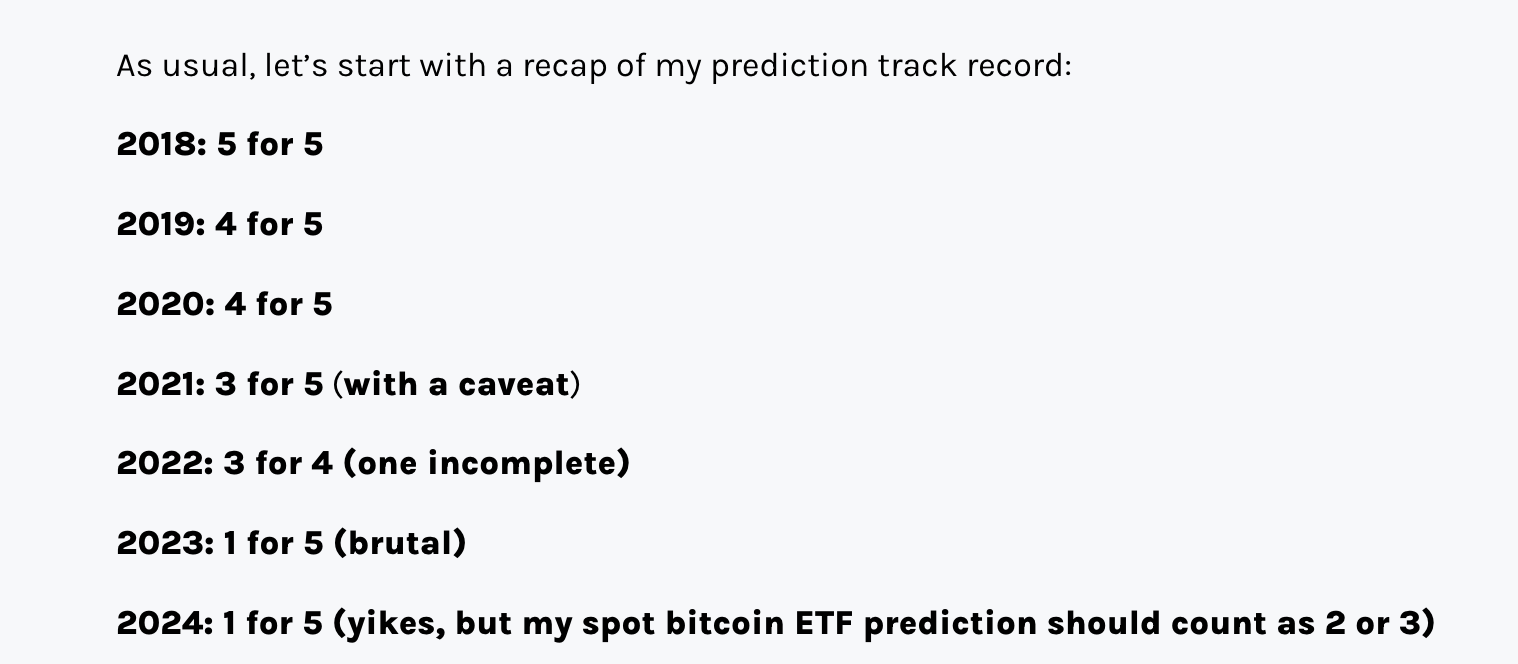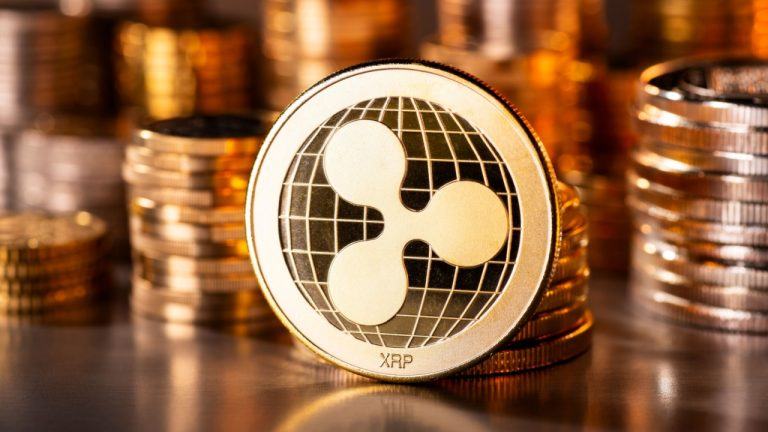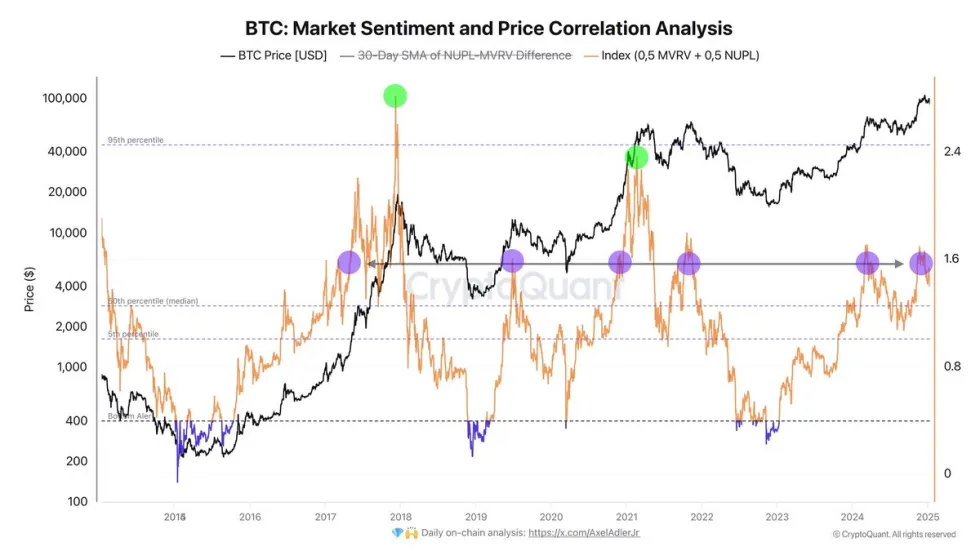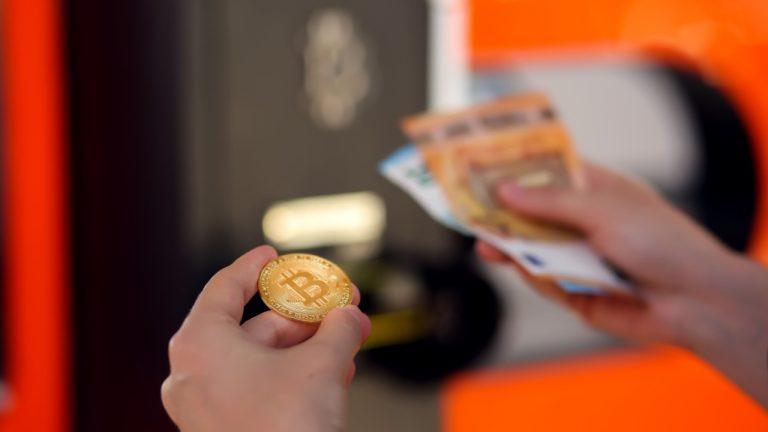Some recent comments on this subreddit have suggested that Ethereum should be made inflationary to spur economic activity, so I wanted to give my perspective on why deflation is economically sound for Ethereum.
TL;DR: Inflation of a fiat currency erodes savings and deflation can bankrupt debtors, slow down economic activity, and lead to unemployment. Central banks balance by targeting a 2 % inflation, keeping some margin for lowering nominal interest rates to 0 % in recessions. For Ethereum, the potential issue with deflation is restricted to slower economic activity. Participants have two attractive choices in the proof-of-stake ecosystem, locking up their tokens for staking or participating in the smart-contract economy. Issuance of new tokens to stakers is the only source of inflation in the system. Inflation can thus be produced by increasing the yield, but this will slow down activity, not increase it, since it incentivizes people to lock up their tokens for staking instead of interacting with smart contracts. A deflationary Ethereum where the burn rate is higher than the issuance rate attracts capital and developers that wish to capture that capital. Thus, deflation is economically sound for Ethereum considering its forthcoming proof-of-stake consensus.
--------------------------------------------------------
From time to time, it is suggested that cryptocurrencies should be inflationary like fiat currencies so that users are motivated to spend their tokens, not just hold them. It is important to understand the difference between a central bank trying to balance the desire for high employment and low steady inflation of its fiat currency system with that of a proof-of-stake cryptocurrency trying to make its smart-contract economy flourish, maximizing network effects.
Central banks commonly target a 2 % inflation. A too high inflation will erode real wages and savings, lead to rising tensions between social groups and costly periods of disinflation. Periods of deflation on the other hand are often associated with economic crises and bursting bubbles. As demand falls, companies reduce their workforces. Debtors have a hard time paying back their loans denominated in nominal terms and the subsequent defaults remove liquidity, risking a deflationary spiral. Wages would need to fall each year to keep up, but a downward wage rigidity can be expected. In the absence of workers accepting yearly pay cuts, unemployment may rise further. The fact that people can increase their wealth by hoarding cash is also detrimental to economic activity in periods of deflation. Thus, a 2 % inflation target gives central banks some margins down to 0 % so that they can lower nominal interest rates in recessions to spur economic activity, avoid deflation traps, and reduce unemployment.
The realities of proof-of-stake cryptocurrencies like Ethereum are a little different. Deflation causes a rise in the value of the ETH token, but wages are not denominated in ETH and neither are mortgages. Deflation does not bring potential unemployment or spiraling debt burdens. It is rather a fall in price that can be destabilizing, with cascading liquidations among those that lent out their tokens in return for some other form of value, like stablecoins.
The risks of reduced economic activity due to increased wealth from hoarding cash stands out as the most applicable also for Ethereum (hoarding ETH in this case). Certainly, it is desirable with high economic activity and demand. It brings developers to the ecosystem and helps build the network effects that cement Ethereum as the engine of Web3. But now consider the two most interesting options available to token holders in proof-of-stake Ethereum. They may lock up their tokens by staking them, earning yield, or they may use the tokens for economic activity, interacting with smart contracts. Issuance of new tokens to stakers is the only source of inflation in the system. The higher the yield, the higher the inflationary pressure. The higher the yield, the more desirable to lock up tokens instead of participating in the economy. Thus, the relationship between deflation and economic activity is reversed in comparison with the fiat economy.
Stakers are a vital part of the ecosystem and should of course be rewarded for their work. But venturing far away from minimum viable issuance to produce inflation will simply constitute a transfer of wealth from those that participate to those that lock up their tokens. Of course, not all forms of "participation" may result in high transaction volume. But the mere fact that capital is available and ready to be deployed is arguably important for enticing smart-contract developers to build. If the staking yield is pushed up to produce inflation, the tough competition from the yield of the staking contract discourages development on the chain. It is perhaps not surprising that innovation and economic activity exploded on Ethereum. The promise of an economically sound proof-of-stake consensus in the future in combination with 0 % yield due to proof of work in the short term is an attractive proposition for developers because it produces a lot of capital willing to invest in their DApps. Higher-than-needed staking yield would also force willing participants into a “money lego” of staking derivates, which brings systematic risks to any ecosystem of DApps dependent on them. In a deflationary Ethereum, people can hold ETH tokens without seeing their savings eroded and use them for transactions whenever needs in their daily life arise.
Naturally, it would be possible to produce inflation without pushing up the staking yield if the issued tokens could fund some other desirable development. The problem is that public goods funding is very tricky and would undoubtedly lead to friction in the community. Ethereum is not all-encompassing in the same way that fiat money is within a country. Participants can leave the Ethereum economy at any time if they perceive that their holdings are diluted for questionable reasons or projects. This is a good thing. By preserving the value of the token, we attract people to the ecosystem in open competition. Another way to look at this is to recognize that the deflationary pressure comes from high demand for blockspace (via the burn mechanism of EIP-1559) and the inflationary pressure exists to keep the chain secure through issuance. As long as the chain is secure, deflation is a sign of an in-demand protocol.
One last thing in relation to Gresham's law: "bad money drives out good", which is often quoted in support of inflationary policies. It is important to note that Gresham's law is applicable for two forms of money with different inherent value but where legal-tender laws specifies that they must be exchanged for the same value. This is not applicable for Ethereum, especially considering the fact that competing forms of money in crypto, including ETH, can easily be reacquired on the open market after using it for payment. For all these reasons, I believe that deflation is economically sound for Ethereum.
[link] [comments]

You can get bonuses upto $100 FREE BONUS when you:
💰 Install these recommended apps:
💲 SocialGood - 100% Crypto Back on Everyday Shopping
💲 xPortal - The DeFi For The Next Billion
💲 CryptoTab Browser - Lightweight, fast, and ready to mine!
💰 Register on these recommended exchanges:
🟡 Binance🟡 Bitfinex🟡 Bitmart🟡 Bittrex🟡 Bitget
🟡 CoinEx🟡 Crypto.com🟡 Gate.io🟡 Huobi🟡 Kucoin.




















Comments